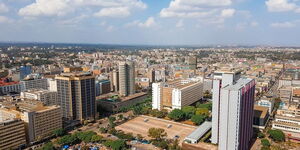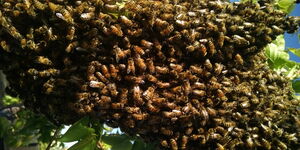An engineering student in an Indian college has undergone surgery on his hand after being left with a severe skin infection from the Narrow Bee Fly (Paederus dermatitis), popularly known as Nairobi Fly.
A report by First Post, a media outlet in India indicated that officials from the Majhitar area in Sikkim were concerned with the emergence of the fly that left nearly 100 other students infected at the Sikkim Manipal Institute of Technology (SMIT).
The institution's administration noted that the infections were spreading fast but the infected students have already on medication.
The Indian Health Department noted that insecticides were being sprayed on the campus to help curb the spread of the highly infectious disease.
The Nairobi Fly is often found within the East African region but travels to other areas of the world in search of breeding zones or food.
Research indicates that the fly usually destroys crops and eats pests but becomes infectious when disturbed by a human. It eventually releases potent acidic substances that can cause burns.
In East Africa, the fly, which has red and black spots, becomes active during the rainy season but does not bite or sting.
It mostly affects the neck, arms and face and the effect may not be felt in the first 24 hours but the itching and burning grow more severe soon after.
In a span of approximately 3 days, the affected areas become red and may develop blisters.
Victims who come in contact with the fly and then touch their eyes soon after may develop a condition known as the Nairobi eye which includes the swelling of the eye, redness, or further complications.
How to Protect Yourself
Individuals are advised to close their doors early during the rainy season since the flies are often attracted to fluorescent light.
Individuals should also sleep under a mosquito net and should avoid killing the flies when they get on their skin but blow them off instead.
Also clear excess vegetation around homesteads.












